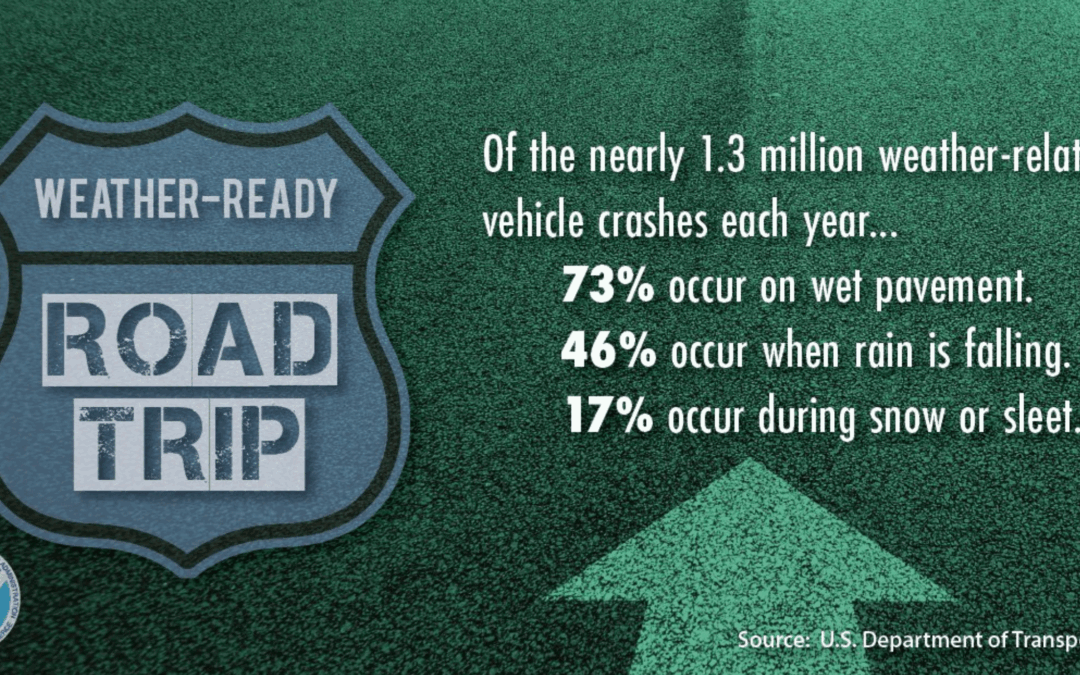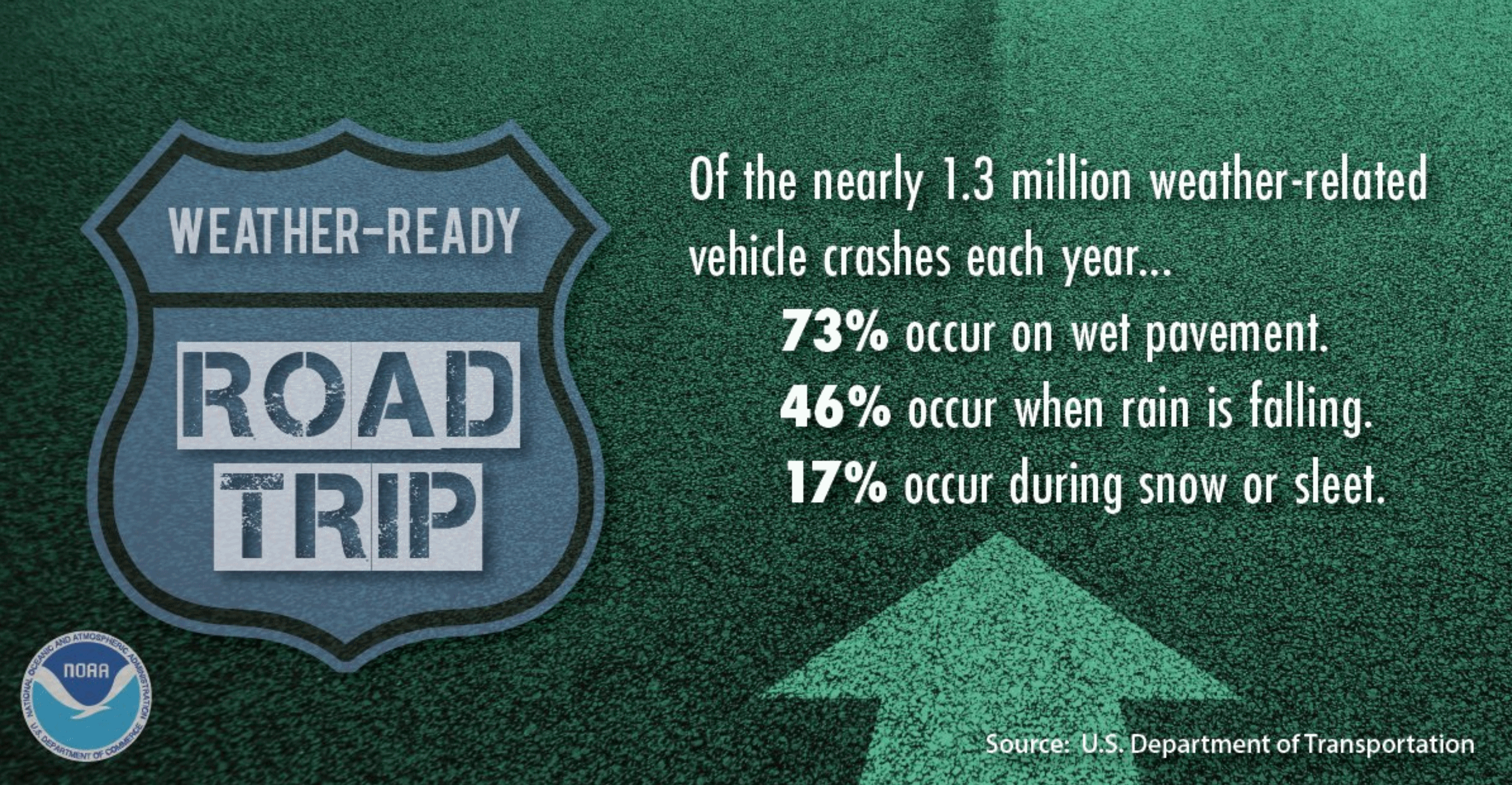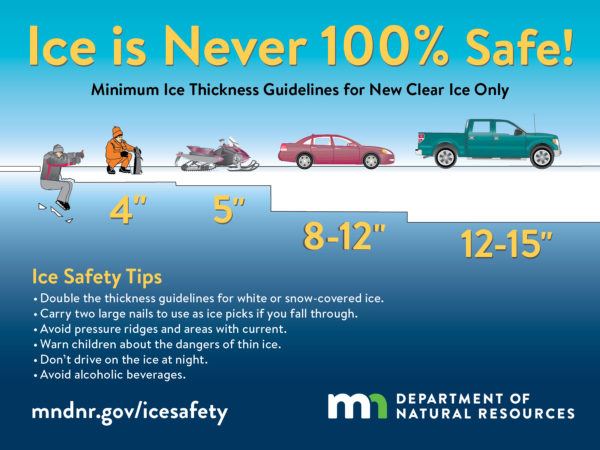A Dream Forecast for Thanksgiving Travelers
After the coldest start since 1995, November shows signs of mellowing a bit. ECMWF (European) model guidance predicts 50-degree warmth Friday; again Monday and Tuesday of next week. A lack of snow and a persistent southwest breeze increases the odds we’ll be 10-15F warmer than average into next week.
It could be different, of course. On this date in 1996 half a foot of snow delighted weary commuters in the Twin Cities. On this date in 1880 the Weather Bureau in Minneapolis reported a crisp -6F.
So far seven tenths of an inch of snow has fallen since September 1. Normal snowfall as of November 22 is closer to 6 inches.
No newscast-leading storms are brewing, but a storm rippling aloft may spark an inch or two of slush over northern Minnesota today; a few slick roads into central counties by afternoon. The mercury mellows to 40F on Thanksgiving Day with a risk of light jackets on Friday; hints of October spilling into early next week.
According to NOAA, 2017 is Earth’s third warmest year on record, trailing only 2015 and 2016. NASA: 16 of the 17 warmest years since 2001.
Unstable Ice. With temperatures generally warming in the days to come (40s and low 50s across much of central and southern MInnesota Friday – agaiin Monday and Tuesday of next week) ice on area lakes and ponds will become sketchy and potentially dangerous. Be careful out there.
Touch of October. A numbing start gives way to an almost reasonable finish to the month of November with 40s and a low 50s through the end of the month for the Twin Cities, according to ECMWF. Source: WeatherBell.
2 Weeks Out: More Pacific Than Canadian. A mild bias may spill into at least the first week of December with strong west-to-east winds aloft keeping the coldest air north of the USA – for now.
Best and Worst Times to Travel Over Thanksgiving? GoMN has the dirty details: “Minneapolis (and St. Paul, we assume) is among the cities referenced, with Google’s data showing that the worst time to set off for your Thanksgiving weekend is at 4 p.m. on Wednesday. The best time, it says, is at 5 a.m. on Thanksgiving morning … great, thanks for that Google. Traffic levels rise in the hour or two before 4 p.m. and drop relatively sharply after 6 p.m., so if you leave after 6 there’s a good chance you won’t be too delayed…As for coming home after Thanksgiving, Google suggests the best time traffic-wise to re-enter the Twin Cities is 4 a.m. Friday (again, thanks Google). While that is pretty unrealistic, the time you’re looking to avoid is 3 p.m. Friday afternoon. AAA predicts that just over 50 million Americans will take to the roads for journeys of longer than 50 miles on Thanksgiving – the highest number since 2005…”
Graphic credit: Google Trends.
Earliest Date of First Snow? Curious about when the first snowy coating shows up across the USA? NOAA’s climate.gov site has an interactive site that’s worth taking for a quick test drive: “By the calendar, winter is still a month away. For many of us, though, winter starts with the first snow of the season. By that definition, this map shows the earliest first day of winter recorded at thousands of U.S. stations during their period of operation. Zoom in and click on a dot to find out the earliest date snow has fallen in your neighborhood based on these station histories. As we’ve published about before in the Beyond the Data blog, snow observations are among the most hit and miss in terms of the completeness of daily histories. These locations are a subset of the complete Global Historical Climatology Network that met various quality controls for reasonableness and completeness of snow cover. Most stations have at least 20 years of data. A few have a shorter history, but are otherwise of good quality (e.g., little to no missing data)...”
This New Satellite Could Produce the Most Accurate Weather Predictions Yet. The Los Angeles Times has more information on the new JPSS-1 polar orbiting satellite: “…Once JPSS-1 makes it into orbit, its suite of five state-of-the-art instruments will collect the most high-resolution observations yet of our planet’s atmosphere, land and oceans, NOAA officials said. “These instruments are so precise that they can measure temperatures to better than one-tenth of a degree in the entire atmosphere, from the Earth’s surface up to the edge of space,” said Greg Mandt, director of the JPSS program for NOAA. The data these sensors collect will be fed into weather prediction models in almost real time. Ultimately, it will inform the seven-day forecasts you see when you hit the weather app on your phone, or turn on the morning news to decide whether or not to grab an umbrella. JPSS-1’s observations will also help forecasters predict and study major weather events and allow them to better advise communities about when they need to evacuate because of a hurricane or whether a school or workplace should call a snow day...”
Image credit: “The Joint Polar Satellite System-1, or JPSS-1, is designed to provide forecasters with crucial environmental science data to provide a better understanding of changes in the Earth’s weather, oceans and climate.” (Ball Aerospace).
New Study: Larger, More Intense U.S. Storm Complexes on the Way. These are the storm that growl overhead many summer nights, and there’s a chance they may get supersized over time, according to new studies highlighted by Bob Henson at Weather Underground’s Category 6: “…The mammoth clusters of thunderstorms known as mesoscale convective systems (MCSs) could dump up to 80% more water across North America by late this century, according to a study published Monday in Nature Climate Change. The study, “Increased rainfall volume from future convective storms in the U.S.,” found that increased atmospheric moisture in a warming climate will help lead to a 15 – 40% increase in peak MCS rainfall rates, along with a 20 – 70% jump in the rainfall area. Together, these lead to a 30 – 80% boost in the total hourly volume of rain deposited by a typical MCS. “The combination of more intense rainfall and the spreading of heavy rainfall over larger areas means that we will face a higher flood risk than previously predicted,” said the study team, led by Andreas Prein (National Center for Atmospheric Research). “Current investments in long-lived infrastructures, such as flood protection and water management systems, need to take these changes into account to improve climate adaptation practices...”
Graphic credit: “A summary of future changes in MCSs, based on identifying all areas of precipitation rates greater than 5 mm/hr. Characteristics such as translation (speed of storm motion), rain rates, and cloud top heights were tracked for MCSs in the current and future climate. The greatest increases were found for MCS precipitation volume, which is positively related to increasing rain rates and rain areas. Faster-moving storms tend to produce lower volumes of precipitation; in this study, storm motion increased or decreased by less than 20% based on region.” Image credit: Courtesy NCAR and Nature Climate Change, Nature Publishing Group.
10 of the Most Dramatic Images From the National Weather Service Final Report on Hurricane Maria. Here’s a clip from The Weather Channel: “The National Weather Service in San Juan has issued its final report on Hurricane Maria. These are some of the most startling maps and photos of Maria’s catastrophic strike on Puerto Rico. Dramatic images in a National Weather Service (NWS) final report on Hurricane Maria are giving us another look at the scope of the devastating impacts the U.S. territory has suffered. The detailed write-up from the NWS in San Juan includes information from both meteorological observations gathered during the hurricane and field surveys after it struck…”
Photo credit: National Weather Service – San Juan, Puerto Rico.
Disaster Claims Soar in Year of Calamities. 15 separate billion-dollar disasters, nationwide, so far in 2017, tying the all-time record set in 2011. Here’s an excerpt of a Washington Post story at sentinelsource.com: “The number of Americans registered for federal disaster aid jumped tenfold this year, costing billions of dollars in additional emergency funding as the nation nears the end of a historically calamitous year. More than 4.7 million Americans — or about 1.4 percent of the population — have registered so far this year for disaster aid from the Federal Emergency Management Agency. In 2016, 480,000 sought aid, and fewer than 180,000 people registered for disaster assistance in each of the three previous years. Three hurricanes — Harvey, Irma and Maria — collectively affected an area with about 8 percent of the U.S. population. The hurricanes were followed by wildfires that killed 43 people and destroyed more than 7,000 homes here in wine country…”
File Image of Hurricane Maria taken September 24, courtesy of NOAA and AerisWeather.
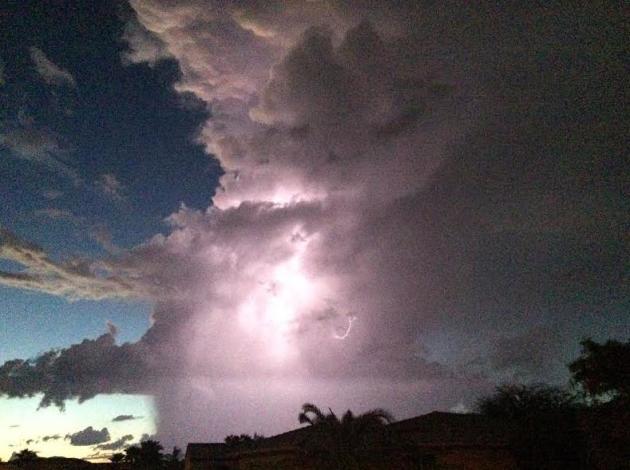
Paid Vacation for Extreme Weather? Get ready for “climate leave”, according to a story at The Columbian: “Even the workplace has to adapt to the warming world. As climate change creates more intense storms, companies have started preparing for work disruptions due to extreme weather. In a sign of the times, Fog Creek, a software company based in New York City, recently announced it would provide up to five days of paid “climate leave” for employees who can’t work because of extreme weather events. If there’s a declared state of emergency, the company will give affected employees even more time. During previous hurricanes, wildfires and other natural disasters, the company let employees take time off on a case-by-case basis. One Miami-based employee had to evacuate during Hurricane Irma, and Sandy displaced most of the company back in 2012. Throughout the storms, Fog Creek continued to pay the staff...”
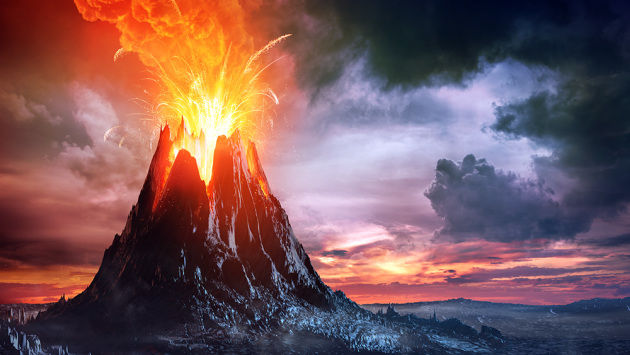
When Will the Earth Try to Kill Us Again? A little light reading, courtesy of Ars Technica. Here’s a clip: “…This isn’t your regular Vesuvius/St. Helens/Hawaii style volcanism. It’s not even super-volcanoes like Yellowstone or Tambora. I’m talking about something far, far bigger: a rare, epic volcanic phenomenon called a Large Igneous Province or “LIP.” LIPs are floods of basalt lava on an unimaginable scale: the Siberian Traps LIP, which erupted at the end-Permian extinction, covers an area the size of Europe. It’s estimated that over 3 million cubic kilometers of rock were vomited onto the planet’s surface, The end-Triassic Central Atlantic Magmatic Province, stretching from Canada to Brazil into Europe and West Africa, was just as large. Others are similarly gigantic. In the words of Bond and Grasby, “Four of the ‘Big Five’ extinctions are associated with LIPs—too many to be mere coincidence —implying that large-scale volcanism is the main driver of mass extinctions...”
The Generalized Specialist: How Shakespeare, Da Vinci and Kepler Excelled. I found an article at Farnam Street fascinating: “…Some skills — like the ability to focus, to read critically, or to make rational decisions — are of universal value. Others are a little more specialized but can be used in many different careers. Examples of these skills would be design, project management, and fluency in a foreign language. The distinction between generalization and specialization comes from biology. Species are referred to as either generalists or specialists, as with the hedgehog and the fox. A generalist species can live in a range of environments, utilizing whatever resources are available. Often, these critters eat an omnivorous diet. Raccoons, mice, and cockroaches are generalists. They live all over the world and can eat almost anything. If a city is built in their habitat, then no problem; they can adapt…”
Blind Triplets “See” Through Others’ Eyes With Help of a Smartphone. An article at The Washington Post and thestar.com caught my eye: “As Nick Cantos slid on a sleek pair of glasses, a voice spoke out to him through his iPhone…The three of them, aged 18, are triplets from Arlington, Va., who are completely blind. And the glasses they have on are no ordinary spectacles. They are glasses from Aira, a San Diego-based company that has developed smart glasses to help the blind and visually impaired with everyday tasks. The glasses are equipped with a camera, which feeds a video stream to a remote agent who then narrates what they see in real time over the phone for the user. The woman speaking to Nick was Erin Cater, one of Aira’s network of about 100 agents across the United States. From about 2,700 miles away in San Diego, she served as Nick’s eyes, describing for him everything that came within the camera’s field of vision…”
Photo credit: “Triplet brothers Nick, Steven and Leo Cantos are all blind. On a recent fall morning, the brothers took a tour of George Mason University with the help of Aira’s technology.” (Jahi Chikwendiu / Washington Post)
Want to Live Longer? Get a Dog. But we knew that already, right? CNN reports: “The benefits that come with owning a dog are clear– physical activity, support, companionship — but owning a dog could literally be saving your life Dog ownership is associated with a reduced risk for cardiovascular disease and death, finds a new Swedish study published Friday in the journal Scientific Reports. For people living alone, owning a dog can decrease their risk of death by 33% and their risk of cardiovascular related death by 36%, when compared to single individuals without a pet, according to the study. Chances of a heart attack were also found to be 11% lower. Multi-person household owners also saw benefits, though to a lesser extent. Risk of death among these dog owners fell by 11% and their chances of cardiovascular death were 15% lower. But their risk of a heart attack was not reduced by owning a dog…”
19.1 mph: average wind speed on Tuesday.
43 mph: peak wind speed yesterday at MSP International Airport.
42 F. high yesterday in the Twin Cities.
38 F. average high on November 21.
38 F. high on November 21, 2016.
November 22, 1996: Heavy snowfall accumulates over the same areas that were hit two days earlier. Four to seven inches of snowfall are reported across the area. Heavier snowfall occurred during the daylight hours of the 23rd. Snowfall totals of six inches were reported in the Twin Cities, Chanhassen, Stewart, St. James and Redwood Falls.
November 22, 1970: Gale-driven snow falls across Minnesota. 45 mph winds are reported over Rochester and Duluth.
WEDNESDAY: Increasing clouds, PM flakes, slushy up north? Winds: SW 8-13. High: 33
THANKSGIVING: Giving thanks. Partly sunny and milder. Winds: W 5-10. Wake-up: 26. High: near 40
FRIDAY: Mostly cloudy, few rain showers. Winds: SW 10-15. Wake-up: 36. High: near 50
SATURDAY: Plenty of sunshine, just fine. Winds: NW 7-12. Wake-up: 32. High: near 40
SUNDAY: Fading sun, no problems getting home. Winds: SW 7-12. Wake-up: 26. High: 46
MONDAY: Intervals of sun, feels like October again. Winds: S 8-13. Wake-up: 34. High: 51
TUESDAY: Clouds increase, mild for late November. Winds: W 7-12. Wake-up: 42. High: 50 (then falling)
Climate Stories…
Doomsday on Ice. What do we really know about the rate of Antarctic glaciers in the past, and what it means in today’s rapidly warming world? Here’s an excerpt of a story from Eric Holthaus at Grist: “...The ocean floor gets deeper toward the center of this part of Antarctica, so each new iceberg that breaks away exposes taller and taller cliffs. Ice gets so heavy that these taller cliffs can’t support their own weight. Once they start to crumble, the destruction would be unstoppable. “Ice is only so strong, so it will collapse if these cliffs reach a certain height,” explains Kristin Poinar, a glaciologist at NASA’s Goddard Space Flight Center. “We need to know how fast it’s going to happen.” In the past few years, scientists have identified marine ice-cliff instability as a feedback loop that could kickstart the disintegration of the entire West Antarctic ice sheet this century — much more quickly than previously thought. Minute-by-minute, huge skyscraper-sized shards of ice cliffs would crumble into the sea, as tall as the Statue of Liberty and as deep underwater as the height of the Empire State Building. The result: a global catastrophe the likes of which we’ve never seen…”
Photo credit: “Pine Island Glacier shelf edge.” Jeremy Harbeck.
Simple but Powerful Ways to Reduce Carbon Emissions. Here’s an excerpt from an article at Press-Citizen: “…Food waste is responsible for 8 percent of all climate emissions. A third of all food raised or prepared does not make it to our dinner tables. Imperfect-looking fruits and vegetables are rejected by manufacturers and consumers, and are left to rot in huge warehouses or on grocery shelves. Restaurants serve massive portions of food that are often left uneaten by the customer and immediately thrown into the garbage. According to a recent report, the energy that goes into the production, harvesting, transporting and packaging of wasted food generates more than 3.3 billion metric tons of carbon dioxide. If food waste were a country, it would be the world’s third-largest emitter of greenhouse gases, behind the U.S. and China…”
Image credit: CBC.ca.
Battered by Extreme Weather, Americans Are More Worried About Climate Change. Here’s a clip from The Guardian: “…Americans are nevertheless growing increasingly concerned about climate change. A record 22% are very worried about it (double the number in the March 2015 survey), and 63% of Americans are at least somewhat worried about climate change. That’s probably because they perceive direct climate impacts – 64% of survey participants think that global warming is affecting the weather, and 33% said it’s having a big influence. Americans also connecting the dots to specific extreme weather events. About 54% said that climate change worsened the extreme heat waves, wildfires, and hurricanes that pummeled the country in 2017...”
Photo credit: “A home is surrounded by floodwaters from Hurricane Harvey in Spring, Texas.” Photograph: David J. Phillip/AP.
White House Disaster Aid Request Falls Short, Lawmakers Say: From Climate Nexus: “The White House requested Friday an additional $44 billion in disaster aid, in the Trump administration’s third bid for additional relief from Congress since this summer’s hurricanes. Several lawmakers criticized the package as being too small–Texas alone has requested $61 billion in disaster aid–while calling out proposed cuts to longer-term disaster aid and mitigation programs to help pay for immediate relief. The New York Times reports that one of the proposed cuts in the package would remove $520 million from the Army Corps of Engineers flood control and coastal emergencies program to pay for immediate hurricane relief. Some politicians also highlighted the $1.5 trillion in potential cuts in the separate GOP tax reform bill before Congress as Americans in Puerto Rico, Florida and Texas still struggle to recover.” (Request: New York Times $, Politico, Bloomberg, The Hill, Deutsche Welle. Lawmaker responses: The Hill)
File image of Hurricane Harvey: ISS, NASA.
Added Arctic Data Shows Global Warming Didn’t Pause. ScieceDaily has the story: “A University of Alaska Fairbanks professor and his colleagues in China built the first data set of surface temperatures from across the world that significantly improves representation of the Arctic during the “global warming hiatus.” Xiangdong Zhang, an atmospheric scientist with UAF’s International Arctic Research Center, said he collaborated with colleagues at Tsinghua University in Beijing and Chinese agencies studying Arctic warming to analyze temperature data collected from buoys drifting in the Arctic Ocean. “We recalculated the average global temperatures from 1998-2012 and found that the rate of global warming had continued to rise at 0.112C per decade instead of slowing down to 0.05C per decade as previously thought,” said Zhang who is also a professor with UAF’s College of Natural Science and Mathematics…”
Image credit: “These figures show the global warming rates with the incorporated Arctic data. Credit: Figures courtesy of Xiangdong Zhang.

